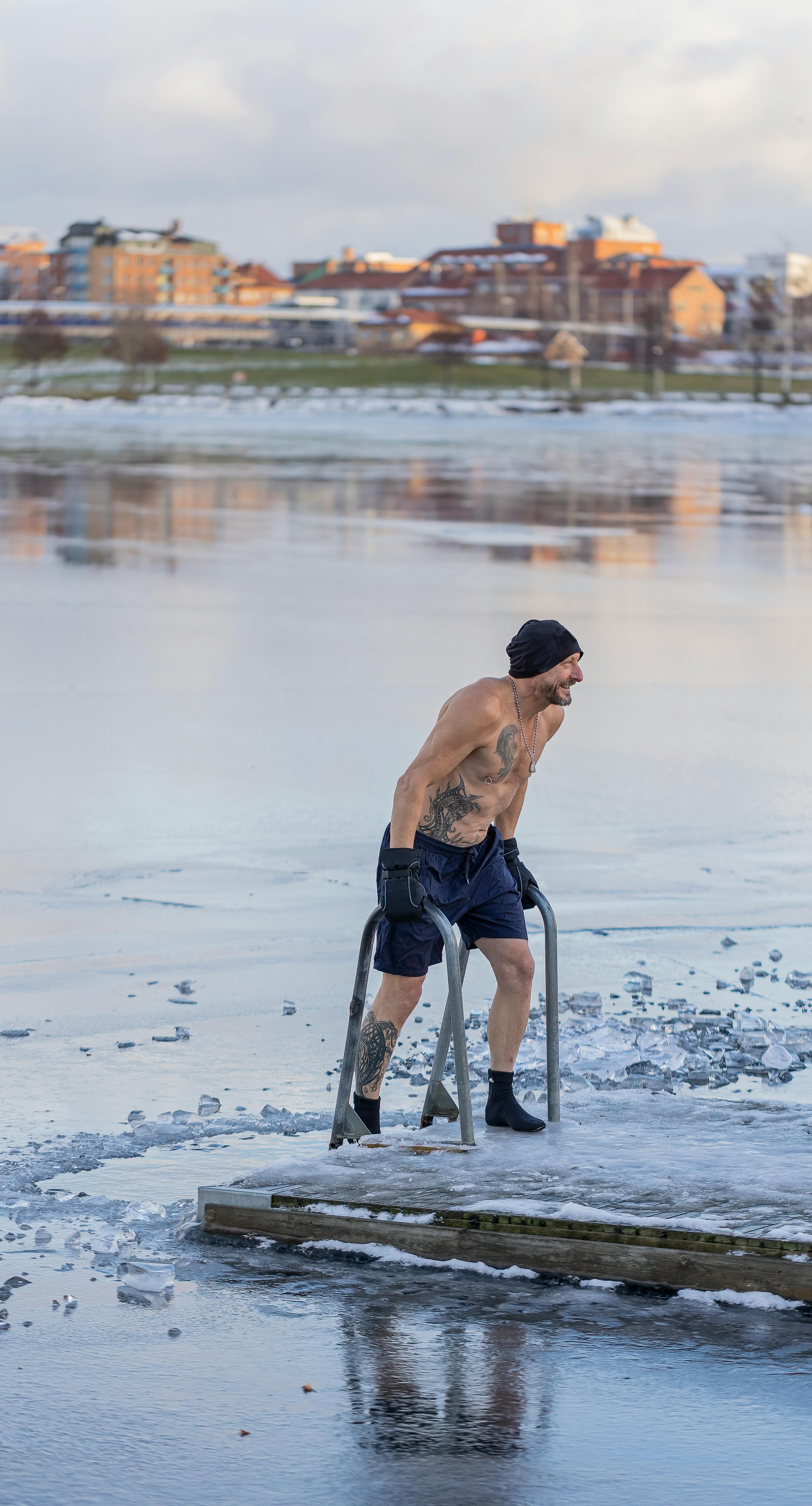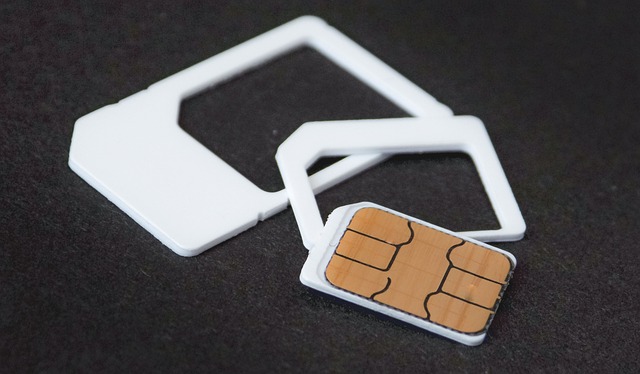Reshaping Wellness: The Intersection of Beauty and Fitness Through Cryotherapy
In our quest for healthy living, we often separate paths to beauty from those to fitness. However, an innovative trend is bridging this gap - cryotherapy. This cutting-edge method, originally used to treat ailments such as rheumatoid arthritis and multiple sclerosis, has found its place in the realm of wellness, tying together the threads of beauty and fitness.

A Chilling History: The Origins of Cryotherapy
Cryotherapy—derived from the Greek ‘kruos’, meaning ‘cold,’ and ‘therapeia’, meaning ‘healing’—has roots in ancient civilizations. Egyptians used cold therapy as early as 2500 B.C. to treat injuries and inflammation. However, the modern form of cryotherapy we know today was born in Japan in the late 1970s, when Dr. Toshima Yamauchi started using it to alleviate pain and inflammation in rheumatoid arthritis patients.
The method gained traction in Europe in the 1980s and eventually spread to the United States by the 1990s. Initially reserved for medical purposes, it soon became a sought-after therapy in the sports world for its ability to speed up recovery and enhance performance. Today, it is making waves in the beauty and fitness industry, marking an exciting intersection of these two spheres.
A Frosty Trend: Cryotherapy in the Present Day
Cryotherapy is witnessing a surge in popularity in the wellness sector, with celebrities and athletes endorsing its benefits. This rise can be attributed to the shift towards holistic wellness, where beauty is viewed as an extension of overall health.
The treatment involves exposure to extremely cold temperatures (up to -200°F) for a short duration, typically two to four minutes. It is administered in a controlled environment using a cryotherapy chamber or a localized cryotherapy device. The intense cold triggers a survival response in the body, releasing endorphins and enhancing blood circulation.
For fitness enthusiasts, cryotherapy offers faster recovery from workouts, reduced muscle soreness, and increased metabolic rate. In the beauty domain, it promises improved skin tone, reduced signs of aging, and boosted collagen production. By offering these dual benefits, cryotherapy is redefining the boundaries of beauty and fitness.
The Frosty Future: Cryotherapy’s Impact and Market Relevance
The cryotherapy market is projected to reach a staggering $4.29 billion by 2025, reflecting its growing acceptance. Its success lies in its ability to deliver visible results quickly and its alignment with the holistic wellness trend.
While the benefits of cryotherapy are promising, it is essential to approach this trend with an informed perspective. Experts recommend individuals with certain health conditions, such as hypertension and cardiovascular disease, to avoid this treatment. It’s also important to ensure the procedure is conducted by trained professionals to avoid potential risks such as frostbite.
The Cold, Hard Facts: Evidence-Based Insights into Cryotherapy
Research into cryotherapy has provided encouraging results. A study published in the Journal of Clinical & Experimental Dermatology Research found that whole-body cryotherapy significantly improved skin complexion and reduced signs of aging. Another study in the Scandinavian Journal of Medicine & Science in Sports found that cryotherapy enhanced recovery in athletes by reducing muscle damage and inflammation.
Despite these promising findings, more research is needed to fully understand the long-term effects of cryotherapy. However, the current evidence supports its efficacy in delivering benefits in both beauty and fitness realms.
Conclusion
As the beauty and fitness industries continue to evolve, we can expect more trends like cryotherapy that bridge the gap between the two. The growing emphasis on holistic wellness will continue to reshape our understanding of self-care, underscoring the idea that beauty and fitness are not disparate paths, but intertwined journeys to overall wellbeing.




